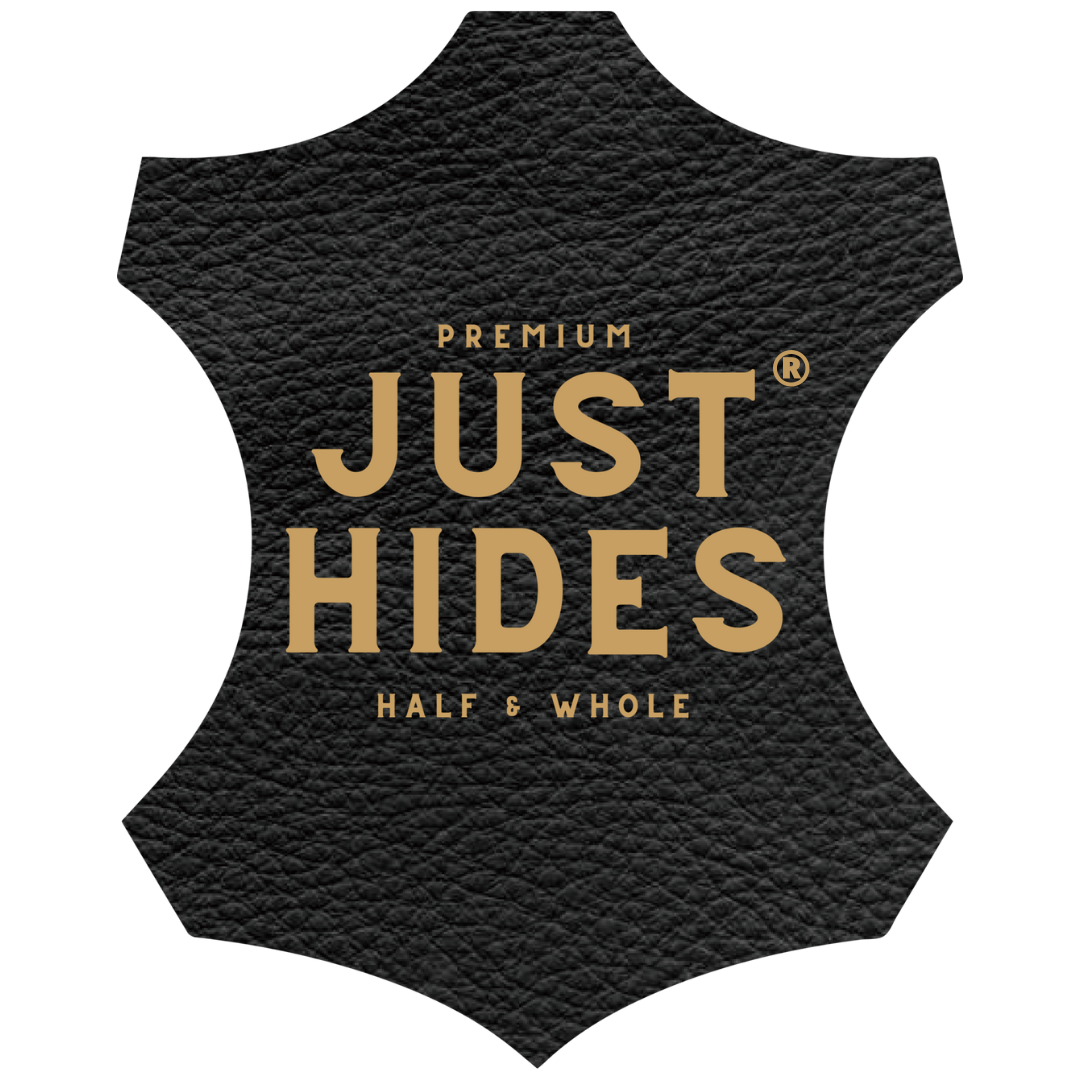
How our tannery works
We have high standards
Did you know that our leather tanneries adhere to the most stringent requirements in the industry? This is to make sure that the leather we produce, and our production methods, meet the highest standards. We are continuously audited by our customers and by 3rd party auditing companies such as the TUV, LWG and ECO2L against our standards, because we believe that the leather-making process can exist while maintaining a healthy workspace and reducing our impact on the environment.
Our tanneries create our leather using the highest automotive and commercial international standards, and adhere to the toughest quality standards and requirements in the industry. Our tanneries have implemented these standards to ensure that you get the highest quality and most consistent product that anyone in the industry can provide. Our teams are reviewed, audited and monitored to ensure that you, our customer, are receiving the best leather for your project every time… satisfaction guaranteed! Additionally, JUST HIDES knows the value of high quality which starts with high-grade leather hides. Our company is selective in the origins of the hides we provide to you for your projects. Our hides come primarily from tanneries in North America, Australia and Europe.
In short, this means that our tanneries adhere to high standards and therefore:
Respect human and labor rights and commit to fair and safe working conditions.
Constantly look for new ways to utilize the skin and hide components as optimally as possible.
Replace potentially harmful substances earlier than legally required.
Operate with optimal water use, remove contaminants through wastewater treatment, and ensure clean air.
Allow no child labor to take place in the automotive leather industry
These are only a few examples of guidelines we comply to, but it gives you an insight on how our tanneries work to create a better industry and long-lasting material.
Animal welfare is a core value for our leather industry
“Where does the leather come from?” This is a question more and more consumers are asking these days. The answer to this question touches upon an often-propagated issue concerning the leather industry: animal welfare. So how does that work?
Animal welfare is a complex subject with many different aspects, perspectives and working issues. The “Five Freedoms” best describe the core principles of animal welfare and are the basis for all our actions within our tanneries, regarding animal welfare. These are:
Freedom from hunger or thirst by ready access to fresh water and a diet to maintain full health and vigor.
Freedom from discomfort by providing an appropriate environment including shelter and a comfortable resting area.
Freedom from pain, injury or disease by prevention or rapid diagnosis and treatment.
Freedom to express (most) normal behavior by providing enough space, proper facilities, and the company of the animals’ own kind.
Freedom from fear and distress by ensuring conditions and treatment, which avoids mental suffering.
(Farm Animal Welfare Council, 1979)
Hide quality is affected by defects in the grain. Damage by mites and lice and dung contamination is the leading cause of leather degradation. Improving cattle welfare by reducing mite and lice infestation and providing adequate housing conditions should lead to a higher quality leather. Better handling of the animals during farming, transport and slaughtering reduces scratches, stitches and scars. Providing an appropriate diet leads to shiny hair and healthy skin. Proper cattle management can prevent most of the leather damage seen on leather. The better the animal’s life, the more beautiful the leather will be.
The main cattle producing nations have been promoting animal welfare over the past few decades, gradually improving the lives of cattle. Governments, farmers, and NGOs are striving to ensure that cattle are kept and transported under conditions that do not subject them to maltreatment, abuse, pain, or suffering. As leather producers we find it of utmost importance to keep animal welfare top of mind, as we believe living beings that nourish us deserve a good life and respectful treatment.
We offer chrome and chrome free leather, what’s the difference?
Pros with chrome-free tanned leather:
Chrome-free tanned leather uses only natural tannins and has no negative environmental impact.
It has an earthy and natural tone and smell.
Chrome-free tanned leather develops a rich and beautiful patina, and actually gets better with time and use. It doesn’t crack or dry out, giving it a very long lifespan.
Cons:
Chrome-free tanned leather is initially a bit stiff and may not wear as well as chrome leather. It is best used for items that are not high touch areas.
Chrome-free tanned leather takes 30-60 days to produce, so it takes a bit longer to finish.
Pros of chrome tanned leather:
Chrome tanning is finished faster than chrome-free.
The colors of the leather remain unchanged during the product’s entire lifespan.
It tends to wear better and is usually chosen for high touch / high wear areas such as seat bottoms.
Cons:
Chrome tanned products tend to need more care to keep them from drying and cracking over time.
Chrome tanned products often appear less natural and often carries a bit of a chemical smell.


